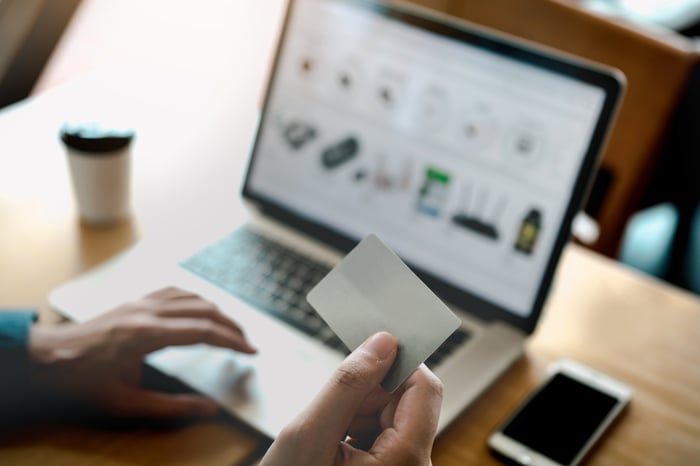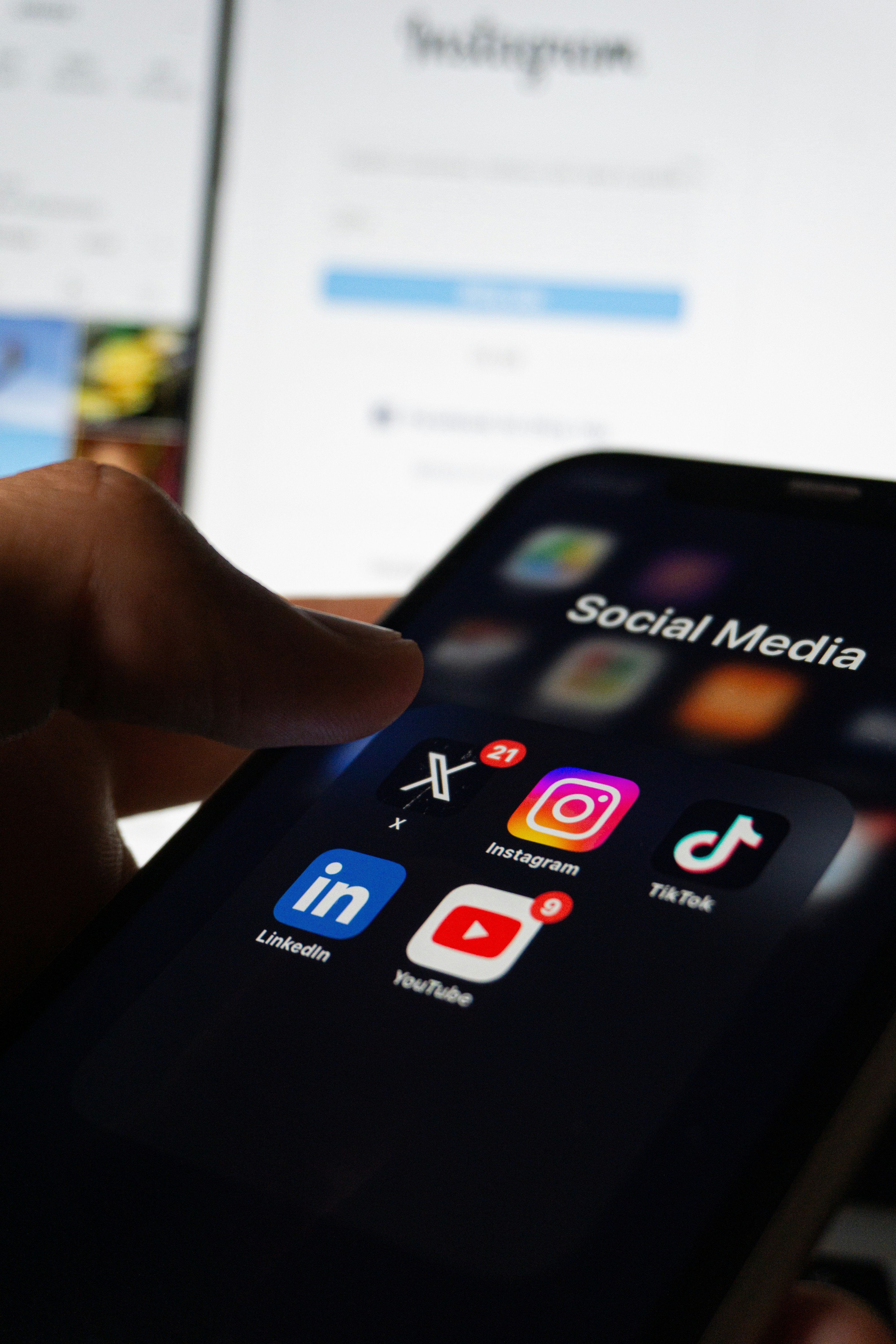
Commerce Chronicles - Loyalty Programs in 2026: Essential Growth Tool or Nice-to-Have?
Everyone claims they care about loyalty, but most brands confuse repeat purchasing with true advocacy. A loyalty program can be either a financial engine or a slow bleed that subsidizes purchases customers would’ve made anyway.
The widening gap between those two outcomes is becoming impossible to ignore. Especially now in 2026, when CAC is inflating 40% YoY across paid channels.
That’s why, in this edition of Commerce Chronicles, we spoke with operators and marketing leaders to uncover how loyalty programs are performing today: what’s working, what’s failing, and what’s coming next.
Here’s what we found:
-
How several brands are currently running loyalty programs (and why)
-
The real value operators extract from loyalty initiatives
-
Which rewards actually change behavior
-
Where brands unintentionally destroy margin
-
What to do if you’re not ready to launch one yet
Let’s get into it.
Do E-commerce Businesses Actually Use Loyalty Programs?
When asked if they currently run a loyalty or rewards program:
-
75% said yes
-
25% said no
That’s not surprising. Loyalty programs are on the rise across nearly every retail category.
Why?
-
A 5% increase in retention can increase profit by 25-95%
-
Existing customers are 60-70% more likely to convert
-
Loyal customers spend 12-18% more per year
On top of all that, it's 5-25x more expensive to acquire a new customer than to keep an existing one. And when your ability to acquire is under threat, you must improve your ability to monetize the customers you already have.
Brands now understand that profitable growth comes from retention strategies, not endless acquisition. As Arjun S., Growth Strategist at WeblineIndia, mentioned, “Loyalty programs turn one-time buyers into repeat customers by combining rewards with personalized experiences.”
But let’s be brutally honest: Loyalty isn’t about points, discounts, or “VIP clubs.” It’s about behavior change.
BlueTuskr Insight…
Most brands try to purchase loyalty through frequency. But frequency creates habit. Identity creates preferential bias, pricing power, and advocacy.
Prime isn’t about shipping. Sephora Rouge isn’t about points. Nike Membership isn’t about 10% off. They’re about belonging, and belonging always beats bribery.
What makes a customer loyalty program "successful?"
A successful loyalty program directly influences customer behavior. That means increasing average order value, repeat purchase frequency, and customer lifetime value. The best customer loyalty programs reward identity, not just transactions, through exclusive benefits, experiential rewards, and personalized rewards that make loyal customers feel like insiders.

What’s the Primary Value of a Loyalty Program?
Respondents cited three primary value drivers:
-
50% said repeat purchases
-
25% said customer loyalty
-
25% said first-party data
This tracks perfectly with the broader landscape. Loyalty programs can be a growth engine. In fact, a strong loyalty program can have a domino effect on your entire marketing strategy.
For instance, Andrew Maff, Founder of BlueTuskr, mentions, “If we can build significant increases in LTV, it can justify small increases in CAC targets while giving us more room to scale quicker.”
The value of a loyalty program extends beyond sales. As Arjun S., Growth Strategist at Webline India, puts it, “Beyond repeat purchases, they also provide rich customer data, which helps brands refine targeting, upsell effectively, and create stronger emotional connections with their audiences.”
But here’s where most brands fail…they end up rewarding purchases customers would’ve made anyway.
That creates discount addiction, erodes margin, and produces no meaningful incremental lift. In other words, you’re essentially paying customers to do…nothing new. And within the economics of e-commerce, that’s one of the quietest and most dangerous revenue leaks a business can have.
BlueTuskr Insight…
Ask this every 30 days:
“What measurable behavior did loyalty change?”
If you can’t answer quickly, the answer is either nothing changed, margin evaporated, or liability grew. Simply put…behavioral economics > bribery economics.
Which Rewards Actually Drive Engagement?
From our operators, four reward types consistently got mentioned in responses
-
100% of respondents mentioned identity-based benefits
-
67% of respondents mentioned tiered & personalized rewards
-
33% of respondents mentioned redemption reminder
-
33% of respondents mentioned auto-replenishment discounts
But why these four? Because they tap directly into consumer psychology.
Identity-based benefits convert loyalty into belonging. When customers feel like insiders with early access and exclusive perks, they’ll stretch their spend to stay in the tribe. On the other hand, reminding customers they have value instantly reactivates spend without new acquisition costs.
“A lot of customers will forget about it, and when they realize they have those, it incentivizes them to come back and shop sooner,” adds Andrew Maff at BlueTuskr.
And when all of that is mixed with tiered & personalized rewards, dopamine is triggered effortlessly. These visible ladders (e.g., “You’re 80 points from Gold”) increase repeat purchases without requiring customers to wait for discounts (because they create the discounts).
Throw in some auto-replenishment discounts? You’ve now just removed decision fatigue. When products arrive automatically, loyalty becomes a habit, not an effort. For instance, Collen, VP at Brand Focus Digital, cites “On average, we see about 25-30% of monthly sales are driven by Subscribe and Save.”
BlueTuskr Insight…
Most loyalty programs fail because they attempt to bribe customers instead of forming genuine bonds with them. Discounts are transactional; identity, progress, and convenience are personal. People are wired to repeat whatever strengthens their sense of self.
When your loyalty strategy delivers status, progress, and convenience, you won’t need to chase customers. They’ll chase the feeling.
Are tiered loyalty programs better than points-based programs?
Often, yes. Tiered loyalty programs introduce loyalty tiers that motivate members to progress toward exclusive access and high-value rewards. Meanwhile, a points-based loyalty program works well when it’s simple. A key factor is that customers must instantly understand how many points they earn per dollar spent and what they can redeem their points for.
Do omnichannel brands need and omnichannel loyalty program?
Yes, especially for hybrid retail. A seamless omnichannel loyalty program enables customers to earn rewards and utilize loyalty points across all touchpoints, including the app, store, website, and social commerce, delivering a unified brand experience wherever consumers shop.
The Cost Trap Brands Don’t See Coming
Let’s slow this down, because this is a part most brands miss.
When you run a loyalty program, the points your customers earn aren’t just “fun perks” floating in the air. Under ASC 606 (the accounting rule governing revenue), those points are treated as a promise —a commitment you owe the customer in the future.
And because of that, they appear on your balance sheet as deferred revenue and are counted as a liability until the customer actually redeems them. Then, when customers do redeem, you must adjust your margins accordingly, as you’re delivering part of the value you promised earlier.
The problem? Most e-commerce brands don’t model any of this. Some are:
-
Underestimating redemption rates: If more customers redeem points than you predicted, your margins shrink fast. It’s like suddenly paying for coupons you didn’t budget for.
-
Rewarding the wrong products: If you give points on low-margin items, you’re encouraging customers to buy the things that make you the least money. That’s upside-down economics.
-
Ignoring “breakage”: Breakage refers to points that people never use. Smart brands model this. If you don’t, you’re overpaying for loyalty you never earned back.
This is why loyalty programs can quietly bleed revenue for years without anyone noticing. On the surface, customers appear to be engaged. On the spreadsheet, margins are melting.
BlueTuskr Insight…
Treat loyalty points like currency, because that’s exactly what they are.
And like any currency, they need control. That means managing supply, forecasting redemptions, modeling breakage, and building hedge strategies to protect your margins. Without those guardrails, you end up with loyalty inflation: too many points in circulation and not enough profit to support them.
Before you know it, your rewards program isn’t driving growth; it’s holding your P&L hostage.
What KPI's should brands track for loyalty programs?
Brands should measure loyalty like a CFO:
- Customer retention rate
- Customer lifetime value
- Future purchases driven by rewards
- Incremental lift in AOV and conversion
- Loyalty program sign-ups and active redeemers
If the numbers aren’t growing, it’s not loyalty. It’s a leakage.
What If You Don’t Have a Loyalty Program?
25% of our respondents said they do not run one today.
Instead, they rely on:
-
Email/SMS lifecycle flows
-
Personalized recommendations
-
High-touch customer experience
In many cases, that’s smarter. Just take it from Shane Barker, CEO and Founder of TraceFuse: “These strategies help us keep customers engaged and turn first-time buyers into repeat advocates, even without a points-based system”.
If you don’t have the foundational assets, loyalty programs can become confusing, ignored, or downright margin-draining (and customers can smell desperation).
Before a point-based system, you need:
-
segmentation
-
lifecycle automation
-
product market fit
-
contribution margin clarity
Otherwise, you’re rewarding behavior that isn’t profitable.
BlueTuskr Insight…
A bad loyalty program is worse than none. If we could leave you with one thing, it’s this: Never build loyalty on top of a weak product assortment, inconsistent experience, or slow fulfillment.
Loyalty is an amplifier, amplifying whatever you are. Good or bad.
How can smaller e-commerce stores compete with industry giants like Starbucks Rewards?
By leaning into personalized, niche-specific value. You don’t need fancy gamification to win; just relevance. When rewards match the target audience and reinforce brand identity, even small rewards programs outperform giants with generic perks.
BlueTuskr’s Take: Loyalty as an Operating System
From where we stand, the brands that win in 2026 won’t just have loyalty programs; they’ll be built on them.
How? By:
-
Integrating Loyalty Into Pricing: You’re not rewarding spending; you’re reshaping your margin mix. Loyalty incentives should encourage customers to opt for higher-margin products and repeat behaviors that ultimately drive profitability growth.
-
Rewarding Identity, Not Transactions: Points create repetition, but identity builds evangelism. The strongest loyalty programs make customers feel like part of something bigger (not just people chasing discounts).
-
Treating Loyalty Like Finance: Loyalty isn’t just a marketing play; it’s a financial instrument. Every point issued is a liability until redeemed, so run your loyalty program with the same rigor you’d apply to cash flow management.
What’s Next
If you want to win in 2026, don’t just reward customers; retain them with intention. Tune in to The E-Comm Show, where we go behind the scenes with operators who engineer loyalty that drives higher margins, repeat purchases, and brand communities that defend their favorite products like a sports team.
And when you’re ready to transform your loyalty program from a cost center into a customer lifetime value engine, we’re here for you. Get in contact with our team today!
Connect With Us
Recent Post

.png)




Tell us what you think!